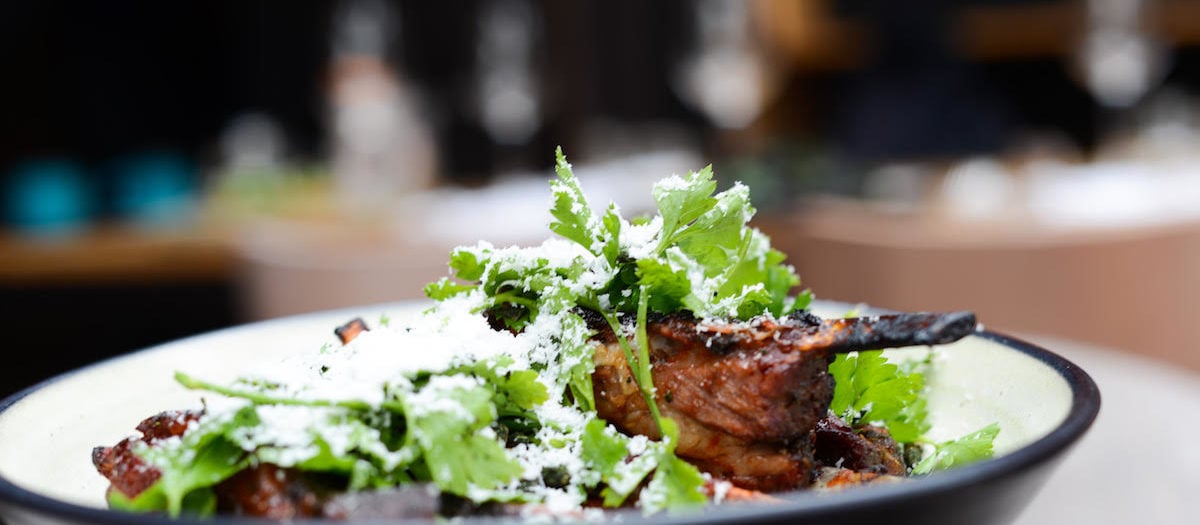Published on: September 11th, 2018
Last modified: September 11th, 2018
The coca leaf was once used as a powerful medicinal plant and natural stimulant among indigenous communities in Colombia. Although many groups still chew and brew the leaf, it’s now more well known as the substance used to make cocaine. However, a small number of Colombia’s top chefs are leading the charge in reinvigorating the leaf as a highly nutritional superfood. Journalist Lucy Sherriff explores the scene around this controversial ingredient.
Alvaro Clavijo, head chef at Bogotá’s trendy El Chato restaurant, has introduced the coca leaf into his cooking.
“Coca has a terrible reputation, of course, because of it being used to produce narcotics. But it’s an amazing plant full of incredible properties,” he says. “I think chefs all over the world should use it in their cooking.”
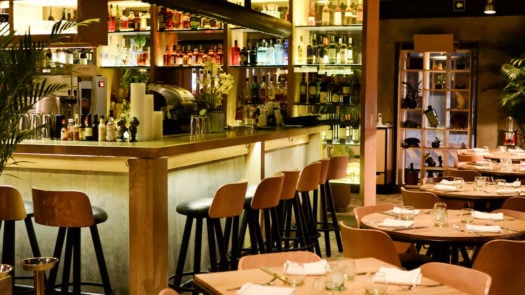
The leaf has a variety of beneficial properties, containing essential minerals such as calcium, magnesium and phosphorus, as well as vitamins A, B1, B2, B6, C and E. It also acts as an energy boost, but doesn’t have the same dips and crashes as caffeine, as well being a remedy for altitude sickness and upset stomachs, acting as a painkiller, and reducing appetites.
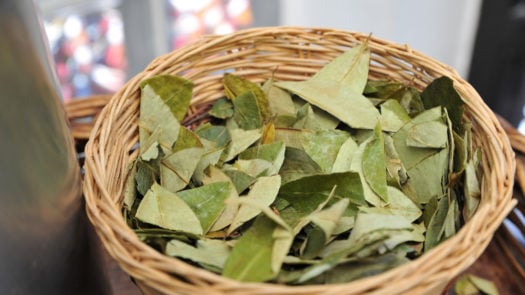
Pride of place on the menu’s dessert list is the el ponqué de mambe. Alvaro took the traditional Colombian pound cake, a heavy rich dessert made with flour, butter and sugar, and gave it a makeover. The dessert, made with coca flour and dusted with coca, sits alongside caramelised marshmellows and lemongrass ice cream.

“I was first inspired when my girlfriend made me a coca leaf tea while we were on holiday, she put lemongrass in it too and I realised the pairing is amazing. Coca is very versatile to cook with, I approach it the same way I would matcha tea.”
Not all of his customers were convinced at first. “At the beginning, when we started using coca, people thought it was a strange, weird taste. Now the dessert is the most popular one on the menu.”
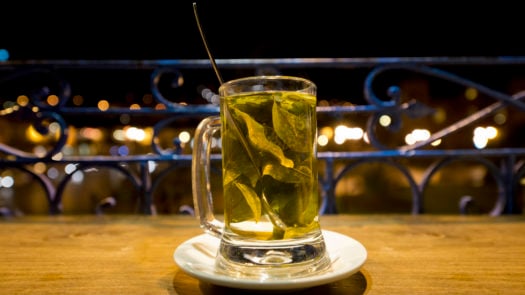
Although it’s touted by some as the “next big superfood”, Colombian law around producing coca for legitimate industries is still a grey area, and only a few small indigenous communities are allowed to.
Not only is using coca in cooking helping revive an age-old tradition, but it is bringing much needed income to farmers who are trying to break away from producing coca for the illicit drugs trade.
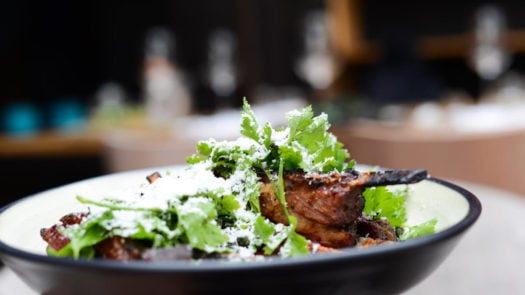
Alvaro sources the coca from Leticia, a town in the Amazon Rainforest, and works with several local producers to make sure profits are going to communities.
“Being able to have access to this amazing product is a privilege,” Alvaro adds. “Colombia has a wonderful pantry of products that I’m incredibly lucky to be able to work with.”

If you'd like to try Colombia's culinary scene, get in touch with our travel designers today.
